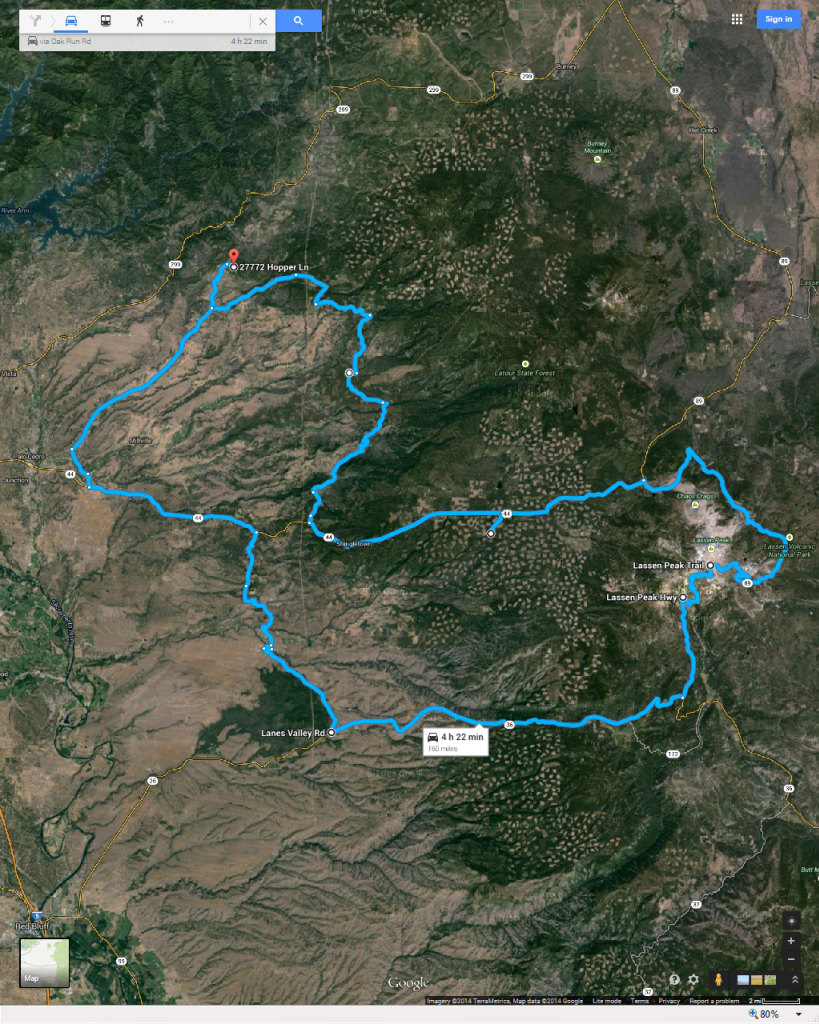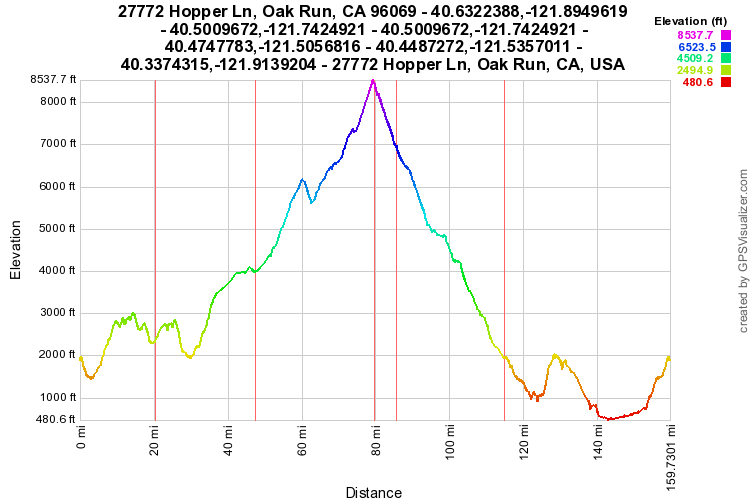edatoakrun
Well-known member
The more I hear about the Mirai and other FCEVs, the more amazed I am that anyone would want to drive one of these POS.
Why the hell is this thing such a porker, weighing in at over two tons?
Combining a vehicle of that weight, with such small battery capacity, raises questions of performance (and perhaps safety) when driving routes with large descents.
I put over five kWh back in my LEAF's pack through regen (going from one or two to six charge bars) every time I descend from Lassen Peak highway summit along the highway 36 route.
http://www.mynissanleaf.com/viewtopic.php?f=31&t=5022&p=402842&hilit=lassen+peak#p402842
I'd hate to think of the energy wasted, and the wear on the disk brakes, if I made the same trip in a tiny-battery FCEV weighing ~700 lbs more than my LEAF.
Of course, since California's plans for H infrastructure and the Mirai's range are both so limited, you'll probably never be able to test the Mirai's performance on this route, or on many other roads in California's mountainous regions.
Why the hell is this thing such a porker, weighing in at over two tons?
Combining a vehicle of that weight, with such small battery capacity, raises questions of performance (and perhaps safety) when driving routes with large descents.
I put over five kWh back in my LEAF's pack through regen (going from one or two to six charge bars) every time I descend from Lassen Peak highway summit along the highway 36 route.
http://www.mynissanleaf.com/viewtopic.php?f=31&t=5022&p=402842&hilit=lassen+peak#p402842
I'd hate to think of the energy wasted, and the wear on the disk brakes, if I made the same trip in a tiny-battery FCEV weighing ~700 lbs more than my LEAF.
Of course, since California's plans for H infrastructure and the Mirai's range are both so limited, you'll probably never be able to test the Mirai's performance on this route, or on many other roads in California's mountainous regions.
https://transportevolved.com/2015/08/25/first-drive-report-2016-toyota-mirai-hydrogen-fuel-cell-sedan/First Drive Report: 2016 Toyota Mirai Hydrogen Fuel Cell Sedan
...In concept, the operation of the Mirai is similar to that of a Toyota Prius hybrid, with the fuel cell replacing the function of the gasoline engine. The fuel cell combines hydrogen from the tanks with oxygen from outside air to produce electricity that is directed either to the electric motor that drives the car, with any excess stored in the small 1.6 kWh NiMH traction battery.
Borrowed from the Toyota Camry Hybrid, the tiny NiMH battery can drive the 113 kilowatt electric motor on its own for very short distances at low speeds, but in normal operation the fuel cell stack provides the majority of traction power. Just as it does when used in a gasoline hybrid system, the traction battery can provide extra power to supplement the primary fuel source when required.
Like the Toyota Prius, the Mirai has regenerative braking that stores electricity in the battery pack, and a ‘B’ mode that gently slows the car and regenerates a bit of electricity. Because of the complex drivetrain, this small sedan weighs in at a hefty 4,080 lbs...





